Fun On-Air Activities You Might Like To Try
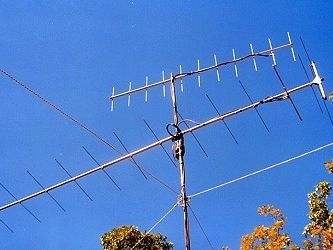
VHF/UHF Activity Nights
This is for 6:30 pm and on. Most operators start on the standard calling frequencies (see below), and then move another to rag-chew. 6 and 2 meters are the most active in general. If you want to gather a group for this week, put out an email call to the membership and invite them to join you on the air.
Suggested days
& frequencies:
Sunday: 6 meters: 50.525 FM, 50.120 SSB; 50.110 CW
Monday: 2 meters 146.520 FM, 144.200 SSB, 144.100 CW
Tuesday: 1.25 meters 223.500 FM, 222.100 SSB/CW
Wednesday: 70cm 446.000 FM, 432.100 SSB/CW
Thursday: 902 MHz 902.100 or 903.100 SSB/CW
1296.100 MHz SSB/CW
5760.100 MHz SSB/CW
10,368.100 MHz SSB/CW
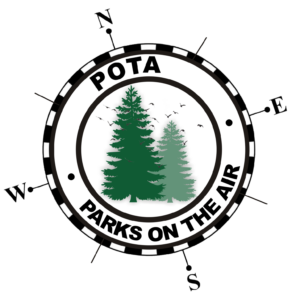
Parks on the Air
This world-wide program puts state and national parks on the air. It’s a great way to get on the air from a wide variety of scenic and historic sites. Work the parks from home, or put one on the air yourself! Visit their web page at https:/www.parksontheair.com for details. If you’d like to volunteer to lead a TSRC POTA expedition, propose it at the next meeting or put out a call via email on the club’s groups.io reflector.
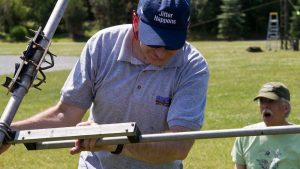
ARRL Field Day – June
Field Day is held the fourth full weekend each June. It’s part disaster exercise, part contest, and all fun, and TSRC participates in Field Day every year. Learn how to set up and operate on the HF bands under field conditions. Check out our pictures pages for Field Days of the past, and visit http://www.arrl.org/field-day to learn more about the event.
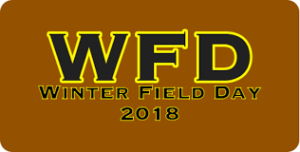
Winter Field Day
It takes a certain kind of crazy to operate in the cold and snow, but TSRC participated for the first time in 2019 and each year since. Rather than tow all our gear to a public location, we do it at Plasma Technologies Corp. World HQ on Blackwater Rd. in Canaan, NH where our gear is stored.
Winter Field Day is organized and sponsored by the Winter Field Day Association rather than ARRL – visit them here: www.winterfieldday.com
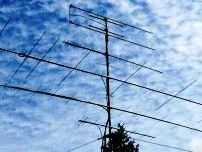
VHF Contest (September, January, or June)
Find a mountaintop (Mt Kearsarge is awesome, but you won’t be alone!), haul in the gear, and get talking! It’s amazing how far you can reach out on the VHF and UHF bands (6m, 2m, 2.25m, 70cm and up) using SSB and/or CW. The club and various members have all the needed gear.

New England QSO Party
On the first full weekend each May, all the New England states get on the air to give a chance for stations around the world to make contacts with New Englanders. This event is especially popular with county and grid square hunters, because we have some rare ones, especially in Northern New England. Join the fun from home, or hit the road and put a rare one on the air. www.neqp.org
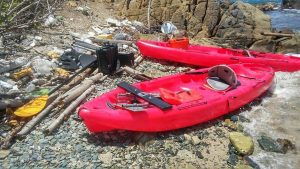
US Islands
Not to be confused with RSGB’s Islands on the Air (IOTA) program, this one is for any island in the United States. USI holds several on-air events each year, and both clubs and individuals can put islands on the air anytime year-round. TSRC put Gilman Island in Hanover (CT River) on the air back in 2011, and we’re always open for new adventures. Check the calendar at www.usislands.org to see which islands will be on the air in coming months. Club treasurer Dave WA1ZCN has a 13′ Boston Whaler that’s perfect for landing small groups on islands and would love to help.
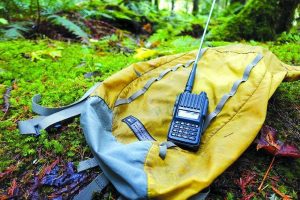
Summits On The Air (SOTA)
Pack a lunch, radio, and bring your log book! SOTA is an ARRL program that activates as many mountain summits as possible. You can operate on any band, but 2m and HF are both popular. Listen to 146.52 on any nice weekend, and you’ll likely hear one or more hams on hills. TSRC has gear for members who want to try their hand at SOTA.
https://summits.sota.org.uk/association/W1
If you’d like to put together an informal club “team” to participate in an on-air contest, mini-dxpedition, or special event station, get in touch with any club officer, send out a group email, or bring it up at a meeting!
